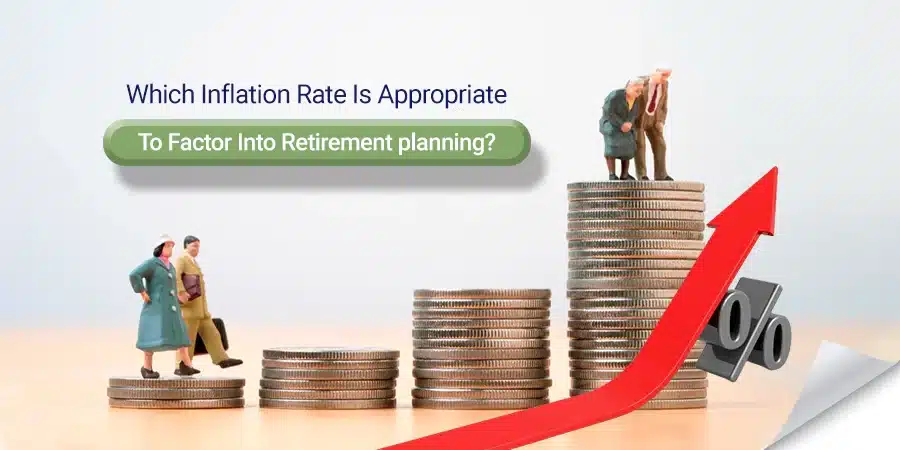

When contemplating retirement planning, an essential consideration is the rate of inflation to use in your calculations.
This seemingly simple query holds significant weight as it directly impacts your retirement savings and spending. Inflation risk can greatly affect the purchasing power of your hard-earned nest egg over time.
In this post, we will delve into various aspects of retirement planning in the face of rising inflation. We’ll explore how changing spending habits and adjusting withdrawal rates from savings can help mitigate the impact of inflation rises on your retirement income strategy.
We’ll also discuss investment strategies during high inflation periods, including diversifying asset allocation and investing in Treasury-Inflated Protected Securities (TIPS). Furthermore, we will examine the role employers and Federal Reserve play amidst surging costs rise.
The challenges faced by social security due to increased life expectancy will be addressed along with potential solutions such as growing assets beyond the retirement date or considering other insurance options. Lastly, we’ll highlight the importance of using effective tools like Retirement Planning Calculators and working with Certified Financial Planners for personalized financial plans.
So if you’re still wondering “For retirement planning, what inflation rate should I use”? stay tuned as this comprehensive guide aims to provide valuable insights for residents in UAE at the CXO level who are navigating their way through these complex issues.

Understanding the impact of inflation on retirement planning is crucial to maintain your purchasing power during your golden years.
With recent surges in inflation, retirees and those approaching retirement need to reconsider their spending habits and withdrawal rates from their retirement savings.

In a world where inflation rises, it’s essential to reassess our spending habits regularly. It’s essential to modify our expenditure as the cost of living increases, making it necessary for us to adjust accordingly.
For instance, if you need $50k income today, due to the effects of inflation, you would need about $80k in 20 years.